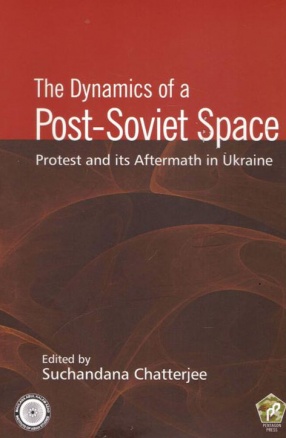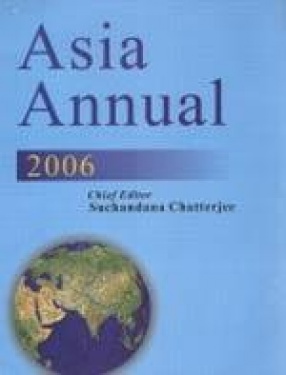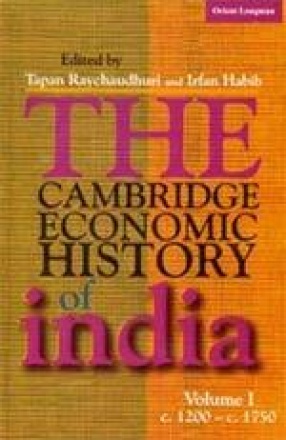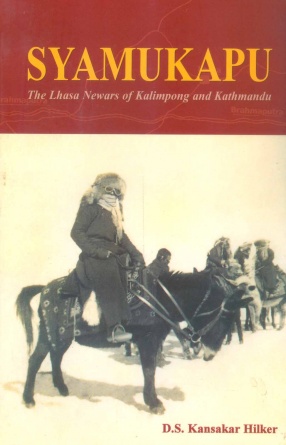The Dynamics of a Post-Soviet Space: Protest and its Aftermath in Ukraine
The revolution in Ukraine was flagged off by the Maidan demonstrations in Kiev towards the end of 2013. The demonstrations in support of an expanded European Union, the ouster of President Yanukovich and the release of the Opposition leader Yulia Timoshenko initially seemed to have international mandate. The issue of territorial sovereignty of Crimea following Russian military intervention raised alarm in global circles. The referendum about Crimea`s acquiescence to Russia was considered to be questionable. For some Crimean Tatars, a renewed Russian presence in Crimea was a grim reminder of Soviet collectivization and deportation. In the immediate aftermath of the Maidan demonstrations, Soviet memories were revived and post-Soviet contradictions unfolded. Gradually however, the West`s expose of Russia`s intentions in eastern Ukraine tended to be overbearing. Quite clearly, larger issues were at stake.
This volume is the product of some of these discussions that were initiated by participants of the symposium Ukraine: Protest and Its Aftermath organised by Maulana Azad Institute on 27 November 2014. The idea was to bring to the table a larger spectrum of ideas about Ukraine as a game-changer in global politics. The question that has been addressed here is not merely the political impasse in Ukraine and how Kiev and anti-Kiev forces were pitted against one another or whether the Maidan protests have a lingering effect in Eurasia. The purpose is to understand the dynamics of a post-Soviet space.
Get it now and save 10%
BECOME A MEMBER











Bibliographic information